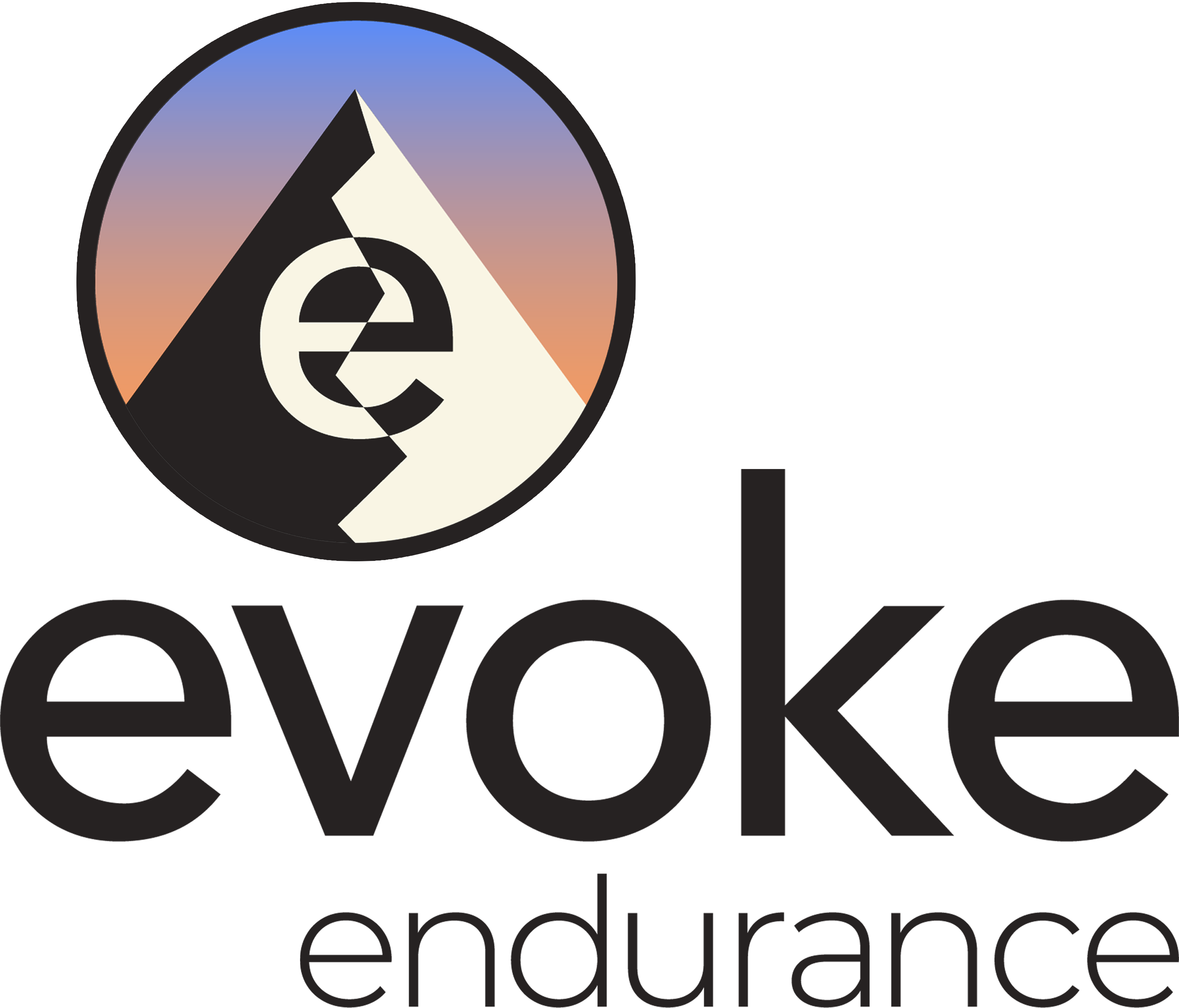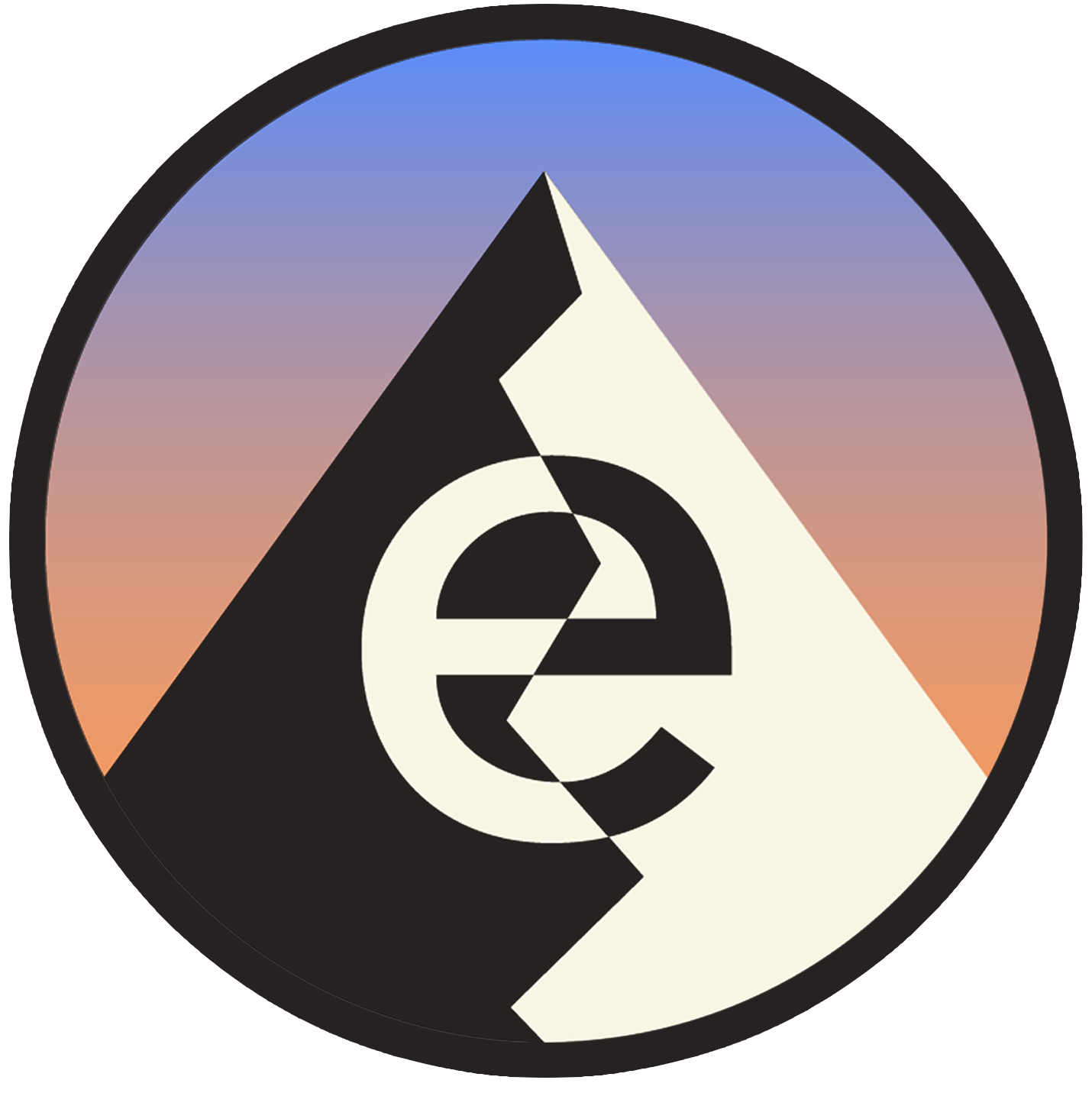Work/Training Balance for the Mountain Guide
Author: Larry Goldie – AMGA instructor team member for all disciplines since 2009
To many people, mountain guides have the dream job. Many days are spent in the mountains, constantly waking up in beautiful places,  summitting peak after peak all year long. Slaying deep, untracked powder all through the winter…. Living the dream, right? Those of us who do this demanding job for a living know the truth behind this fantasy. Guiding takes a massive toll on your body, and ironically, it can be challenging to have the fitness that allows for success on personal objectives when not at work.
summitting peak after peak all year long. Slaying deep, untracked powder all through the winter…. Living the dream, right? Those of us who do this demanding job for a living know the truth behind this fantasy. Guiding takes a massive toll on your body, and ironically, it can be challenging to have the fitness that allows for success on personal objectives when not at work.
Most of us have been drawn toward guiding as a career for the lifestyle it affords. Having the fitness to both do our jobs and play in our free time is critical to having this as a sustainable career.
Guide as Professional Athlete
Being a mountain guide is much like being a professional athlete, though with some significant differences. Like a professional athlete, you use your body to earn a living. If you get injured, you are out of work. Thus, being durable is critical in sustaining this career path. Unlike professional athletes, most guides don’t have a coach, don’t follow a structured training plan, or get enough rest. The first step in improving your fitness is to change your perspective and begin to think like an athlete.
While we at Evoke are regularly touting the importance of a big aerobic base, that’s not the issue for most guides. By spending many hours moving slowly through the mountains in summer and winter, most guides already have a well-developed aerobic capacity. But when you need the next gear, you may find it’s not there. Perhaps your shoulder season plans involve personal rock climbing, a big alpine-style objective, or maybe you are training for an upcoming guide’s exam and want to ensure your fitness gives you extra bandwidth to focus on the guiding challenges. With many of our coaching staff coming from the world of guiding, we understand the challenges facing guides when it comes to increasing your fitness.
Fitting in Training for Personal Goals
 One of the most significant issues for the guide as an athlete is that guiding makes you tired. Even if you spend all day at what feels like a leisurely pace, just being on your feet, day after day, with weight on your back, leads to fatigue. For this reason, any training needs to be balanced with enough rest to be sure that guides are fully recovered before taking on additional training loads. Workouts must be built to ensure they don’t leave a guide so fatigued that they can’t continue doing their job safely.
One of the most significant issues for the guide as an athlete is that guiding makes you tired. Even if you spend all day at what feels like a leisurely pace, just being on your feet, day after day, with weight on your back, leads to fatigue. For this reason, any training needs to be balanced with enough rest to be sure that guides are fully recovered before taking on additional training loads. Workouts must be built to ensure they don’t leave a guide so fatigued that they can’t continue doing their job safely.
Since most working guides have limited time and energy to train, the workouts must be targeted to address the weaknesses the individual guide has assessed. For rock climbing, this will often look like a combination of general strength training, fingerboard workouts, and gym or outdoor climbing workouts. We know the challenges the ski guide faces each year when a full six months in ski boots leaves you feeling like you are staring over each spring when the climbing season hits. Some routine maintenance through the winter can go a long way toward alleviating this problem.
Many guides are at the height of their climbing careers but struggle to have the fitness to take on their ambitious objectives. While guiding can develop a huge aerobic base, guides often need some intensity work to take their fitness to the next level. Mixing in some intervals on skis, on foot, or while moving through easy alpine terrain can provide a huge boost in fitness over relatively short timelines. Knowing how many, how long, and how often will vary from person to person and can be assessed by a skilled coach.
Recovery is Key
While often overlooked, recovery is one of the most critical tools in the guide’s toolbox. Long stretches of work, combined with personal missions on days off, can leave many guides depleted, feeling like they are losing fitness. Understanding the signs of fatigue and giving your body the rest it needs is a crucial part of a training program. Recovery days are when your body gets stronger. If you are not getting enough recovery in, by definition, you are going to get weaker and weaker. Professional athletes have long understood the value of rest and recovery in training. We think guides need to understand this as well.
Getting Some Help
Balancing enough rest with challenging workouts and the demands of day-to-day guiding is a complex task and not something we feel is achievable with a standardized training plan. With this in mind, we have created our custom training plans for guides.  These plans start with a phone consultation. Here, our coaches get to know each athlete, their training history, work life, and upcoming goals. Based on this information, our coaches will devise a custom plan tailored to help each guide meet the goal that they have laid out for themselves. This is a hybrid between our standard training plans, which are unsuitable for guides with demanding and uncertain work schedules, and our one-on-one coaching, which may be out of reach financially. With the Guide Custom Training Plan, the guide gets a deeply discounted six-week plan written specifically for them, but they are responsible for the execution. As Evoke Founder Scott Johnston says, “You can’t coach desire.” The success of these plans will ultimately depend on the guide’s discipline, follow-through, and understanding of these training principles.
These plans start with a phone consultation. Here, our coaches get to know each athlete, their training history, work life, and upcoming goals. Based on this information, our coaches will devise a custom plan tailored to help each guide meet the goal that they have laid out for themselves. This is a hybrid between our standard training plans, which are unsuitable for guides with demanding and uncertain work schedules, and our one-on-one coaching, which may be out of reach financially. With the Guide Custom Training Plan, the guide gets a deeply discounted six-week plan written specifically for them, but they are responsible for the execution. As Evoke Founder Scott Johnston says, “You can’t coach desire.” The success of these plans will ultimately depend on the guide’s discipline, follow-through, and understanding of these training principles.



